Reviewed by Julianne Ngirngir
As we gear up for what's shaping up to be Apple's most expensive iPhone launch in years, the conversation has shifted from specs and features to a more pressing concern—how much deeper you'll need to dig into your wallet. The iPhone 17 pricing rumors have been building momentum for months, and the predictions aren't exactly budget-friendly.
The buzz centers around Jefferies analyst Edison Lee's prediction of a $50 price increase across select iPhone 17 models, with Chinese leaker Instant Digital corroborating these claims on Weibo. What makes this particularly significant? The last iPhone price increase was five years ago, marking the longest stretch of stable pricing since the iPhone 5 to iPhone 7 era. This extended pricing stability makes the upcoming increase feel more substantial—and signals that Apple is facing cost pressures it can no longer absorb internally.
What you'll actually pay for each iPhone 17 model
The rumored pricing structure reveals Apple's strategic approach to selective increases rather than blanket hikes. According to multiple analyst reports, we're looking at these projected starting prices: iPhone 17 at $799, iPhone 17 Air at $979, iPhone 17 Pro at $1,049, and iPhone 17 Pro Max at $1,249.
The regular iPhone 17 appears to be maintaining its current price point, which aligns perfectly with Apple's broader accessibility strategy. They need that $799 entry point to remain competitive with premium Android offerings and keep upgraders from older iPhones in the ecosystem. But the Pro models are absorbing the $50 increase, and there's a value-offset twist: the iPhone 17 Pro might start with 256GB of storage instead of 128GB. This storage bump transforms what initially appears to be a price hike into more of a value rebalancing—you're getting double the storage for $50 more.
The iPhone 17 Air presents the most intriguing pricing puzzle. While some sources suggest it could start at $899, others point to the higher $979 pricing. This uncertainty reflects Apple's experimental approach with the Air as a new product category—they're testing whether consumers will pay a premium for ultra-thin design without Pro-level camera features. The higher price point would position it as a design showcase, similar to how the MacBook Air commands premium pricing despite being positioned below the Pro models.
This tiered pricing strategy reveals Apple's deeper market segmentation goals. By keeping the base model accessible while pushing Pro users toward higher price points, they're maximizing revenue from their most loyal customers while maintaining entry-level appeal.
Why the price bump is happening now
The timing reflects a convergence of cost pressures that Apple can no longer absorb through internal efficiencies. Tariff concerns have been mounting since various trade policies took effect, though Apple has successfully secured exemptions for most devices. During Apple's July earnings call, Tim Cook revealed the company paid $800 million in tariff-related costs in the June quarter, with expectations of $1.1 billion in the September quarter.
But here's where the math gets interesting: those tariffs would only require about a $20 per iPhone increase to offset the impact. The $50 bump suggests Apple is building in strategic buffer for multiple cost factors. Component prices across the semiconductor industry have risen substantially, and Apple is likely hedging against future uncertainties while addressing the fact that this would be the first Pro model price increase since the iPhone X in 2017. Eight years of price stability during an inflationary period represents significant pent-up pricing pressure.
The iPhone 17 series also brings hardware upgrades that justify higher manufacturing costs. All models are expected to get 120Hz ProMotion displays, 24-megapixel front-facing cameras, and potentially up to 12GB of RAM in some configurations. These aren't incremental improvements—they represent meaningful generational leaps that require premium components and advanced manufacturing processes.
The broader industry context also matters. While Apple maintained pricing stability, virtually every other premium manufacturer increased prices over the past five years. Apple's pricing discipline created competitive advantage, but also built up internal cost pressures that now require adjustment.
The bigger picture: Apple's pricing strategy evolution
These rumored price increases illuminate Apple's sophisticated approach to market positioning and competitive dynamics. The company has maintained the base iPhone price at $799 for five consecutive years—remarkable stability in an era of rising costs and inflation. For historical perspective, the original iPhone launched at $499 in 2007, which equals about $775 in today's dollars when adjusted for inflation.
This pricing archaeology reveals Apple's long-term strategic thinking. They've used the base model as an anchor point while gradually expanding the premium tier. The selective increases targeting Pro users makes business sense when you consider that Pro variants account for approximately 50% of Apple's total iPhone sales. This represents a customer base that's already demonstrated willingness to pay premium prices for advanced features.
The iPhone 17 Air introduction signals the next evolution in Apple's pricing architecture. Rather than simply raising prices across the board, they're creating new value propositions. The Air model captures consumers who want distinctive design but don't necessarily need Pro-level camera capabilities or performance. It mirrors the successful MacBook Air strategy—premium materials and build quality at a more accessible price point than the Pro models, while still commanding higher margins than the base model.
This approach also provides crucial flexibility in global markets. In price-sensitive regions, the base iPhone 17 remains competitive. In markets where consumers readily pay for premium features, the Pro models and Air variant offer higher-margin options. Apple can adjust regional availability and promotions to optimize revenue across diverse economic conditions.
The strategic implications extend beyond immediate revenue. By maintaining base model accessibility while expanding premium options, Apple can continue growing market share in emerging economies while maximizing revenue from established markets. This balanced approach helps explain why they've maintained pricing discipline for so long—they were building toward this more sophisticated segmentation strategy.
Where do we go from here?
Bottom line: if you're eyeing an iPhone 17 Pro or Pro Max, budget for that extra $50. But before you get too worked up about sticker shock, remember that the price hike could've been $100 or more given the cost pressures Apple faces. The upgrades you're getting—ProMotion displays across all models, improved cameras, more storage, enhanced connectivity—represent genuine value improvements that offset much of the price increase.
For budget-conscious buyers, the regular iPhone 17 maintaining its $799 starting price (if rumors hold true) ensures you're not getting priced out of the latest generation. This represents Apple's commitment to accessible premium technology, even as they push boundaries with higher-end models.
The real mitigating factor may be Apple's trade-in programs and carrier promotions, which have become increasingly aggressive. These programs can reduce the effective out-of-pocket cost significantly, making the headline price increases less impactful for many buyers.
The iPhone 17 series launches in September, so we'll know the final pricing story soon enough. The broader takeaway is that these increases reflect Apple's transition from a single-tier premium strategy to a more nuanced approach that balances accessibility with innovation financing. For most users, the combination of meaningful hardware improvements, trade-in value, and carrier incentives should make the pricing feel justified rather than punitive.
Start planning your upgrade budget now, but remember that Apple's pricing moves typically reflect broader market realities rather than arbitrary profit grabs. The five-year price stability period is ending, but it's being replaced by a more strategic approach that should deliver better value across different user needs and budgets.






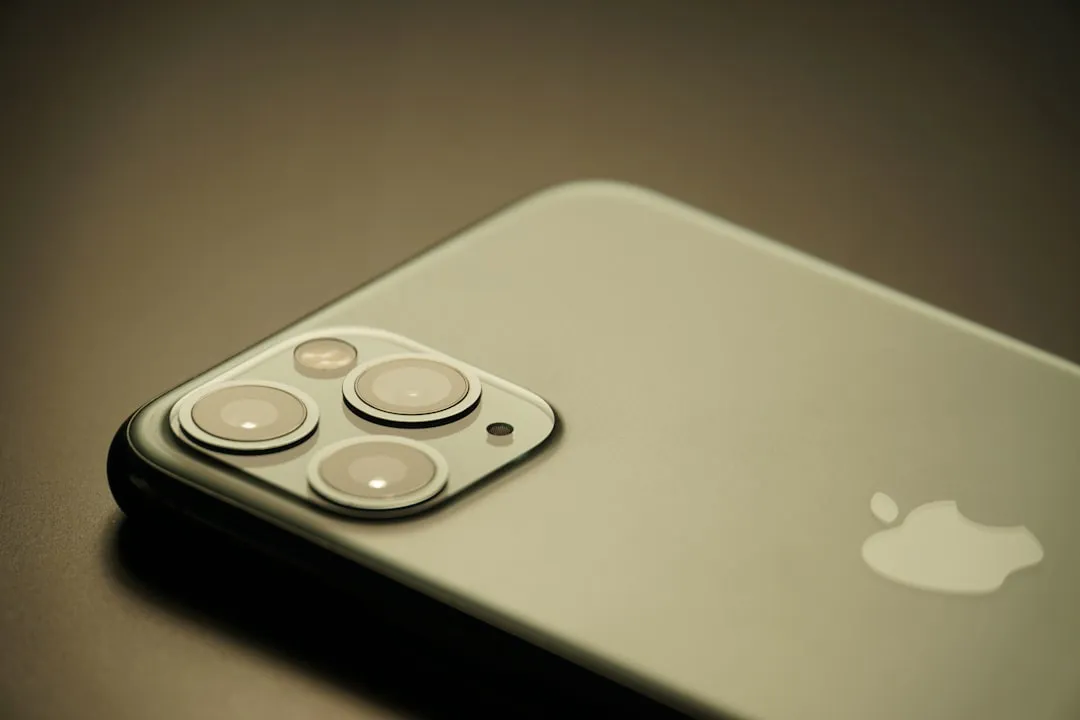
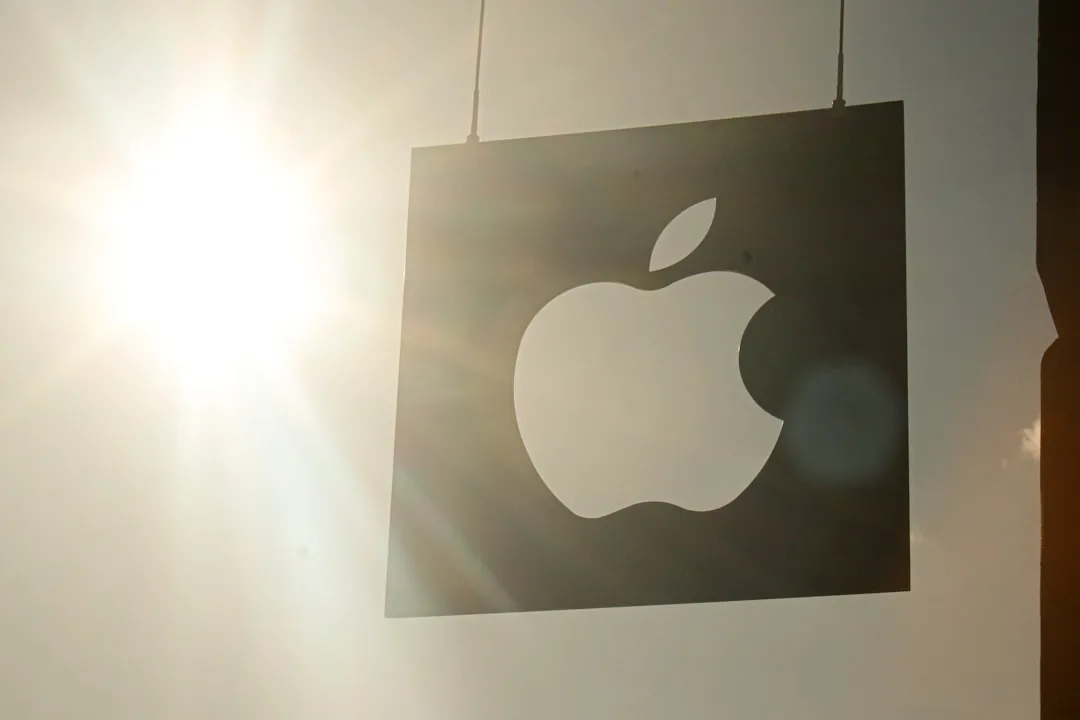


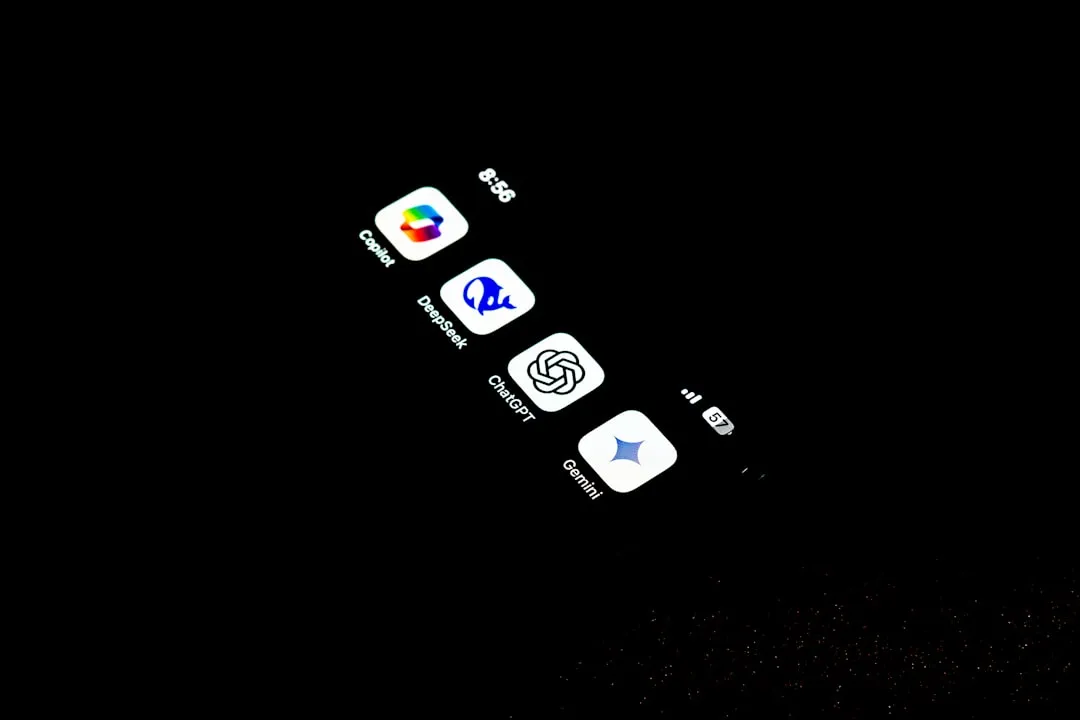
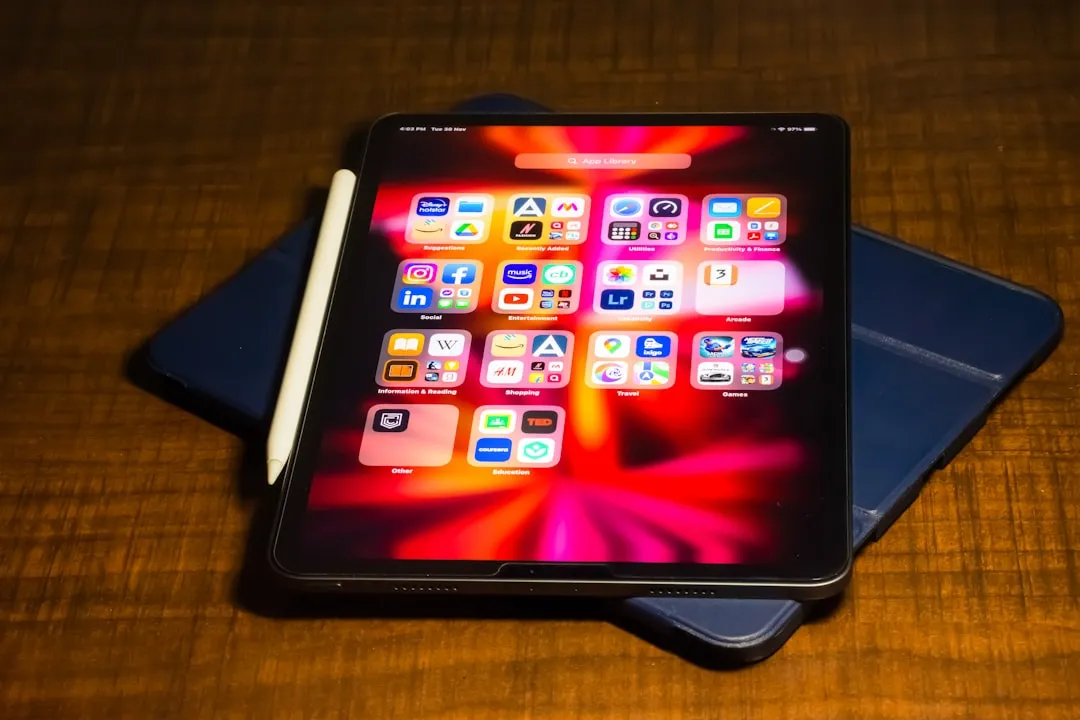
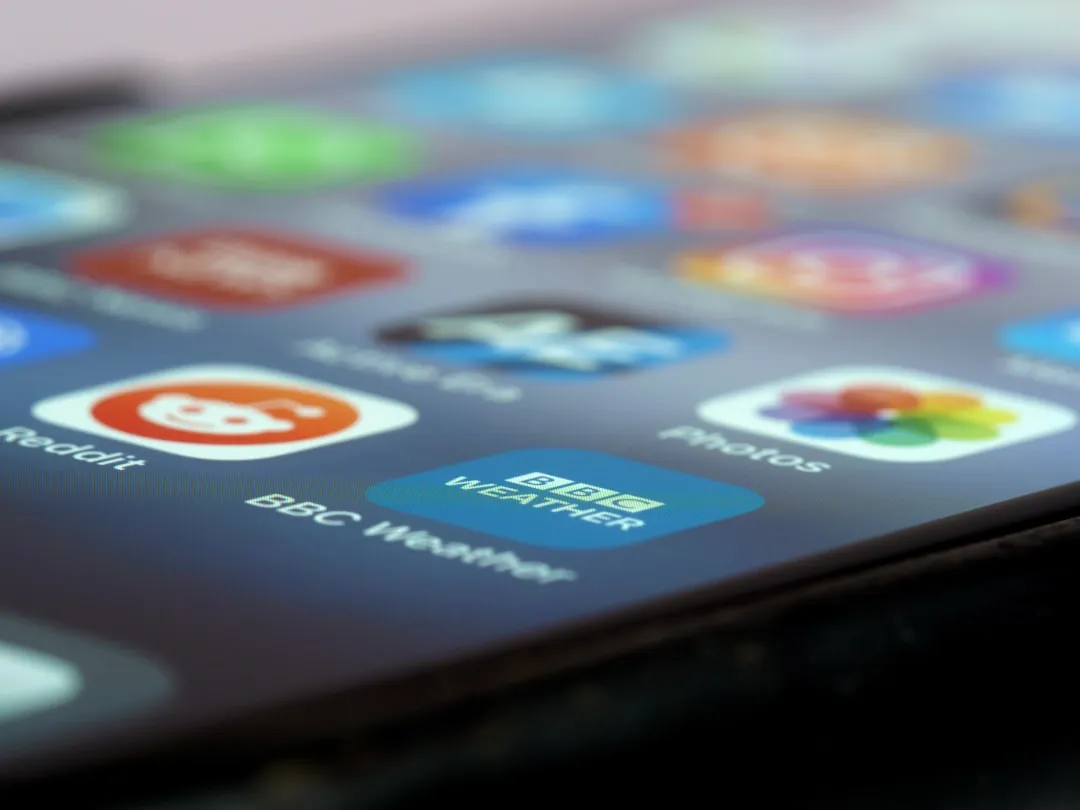
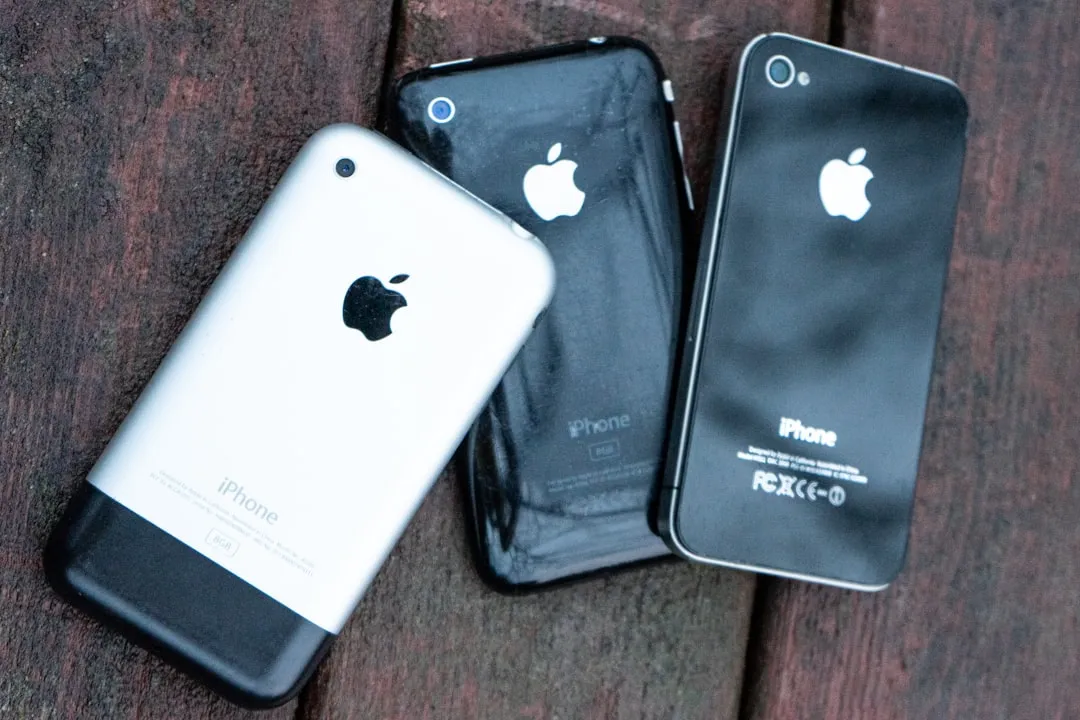
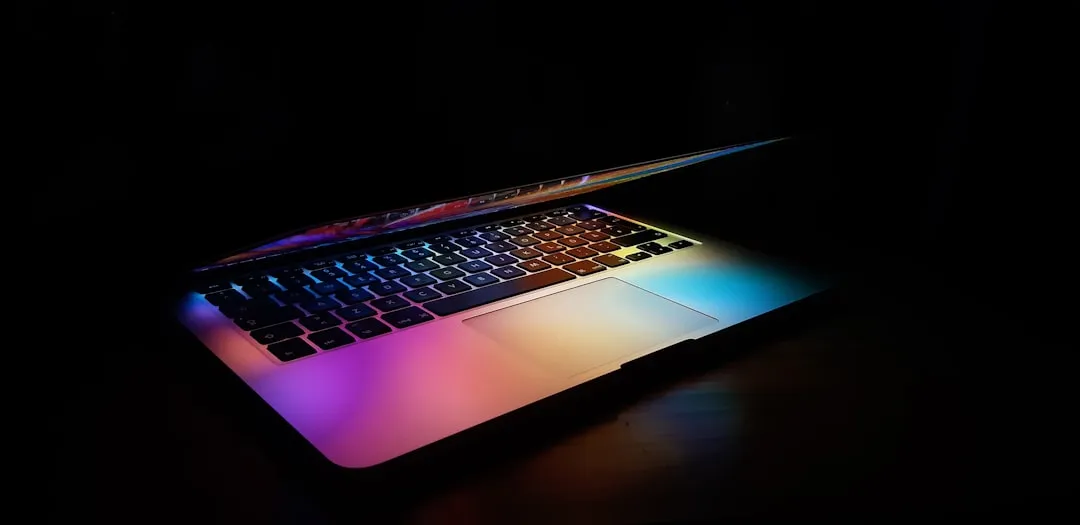
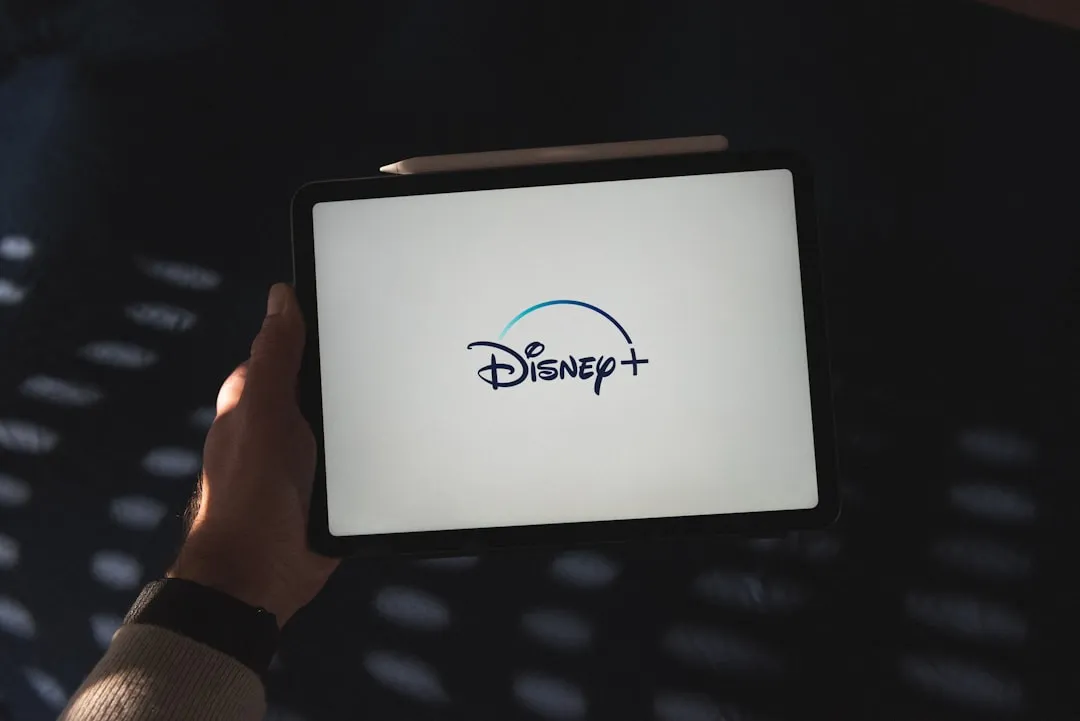
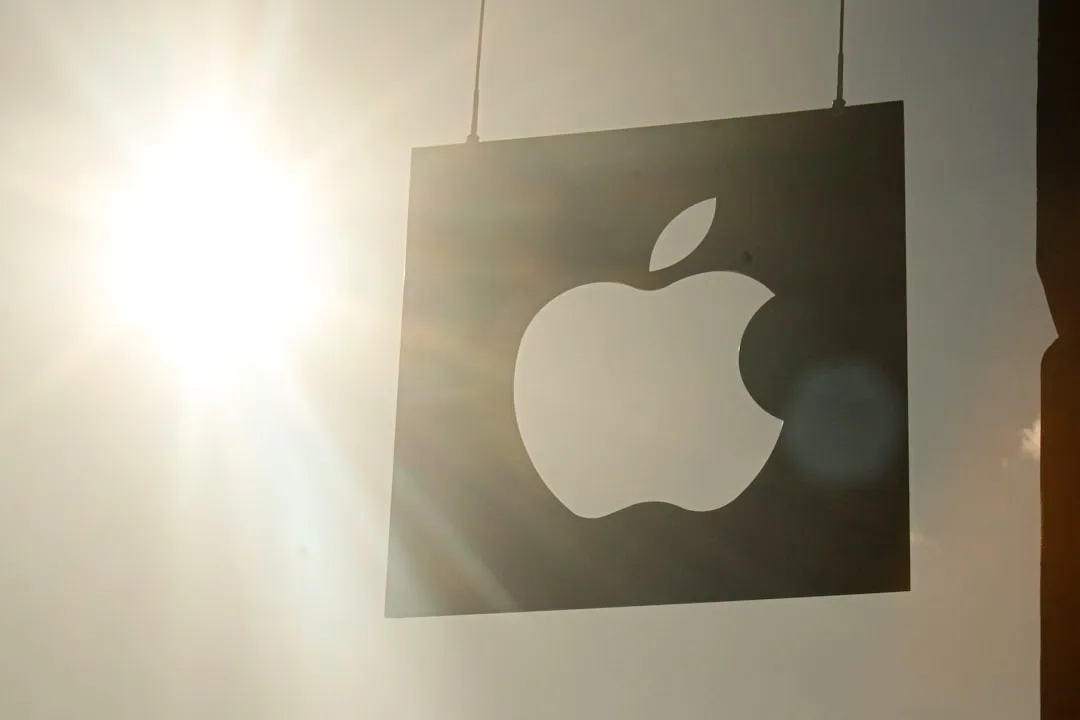
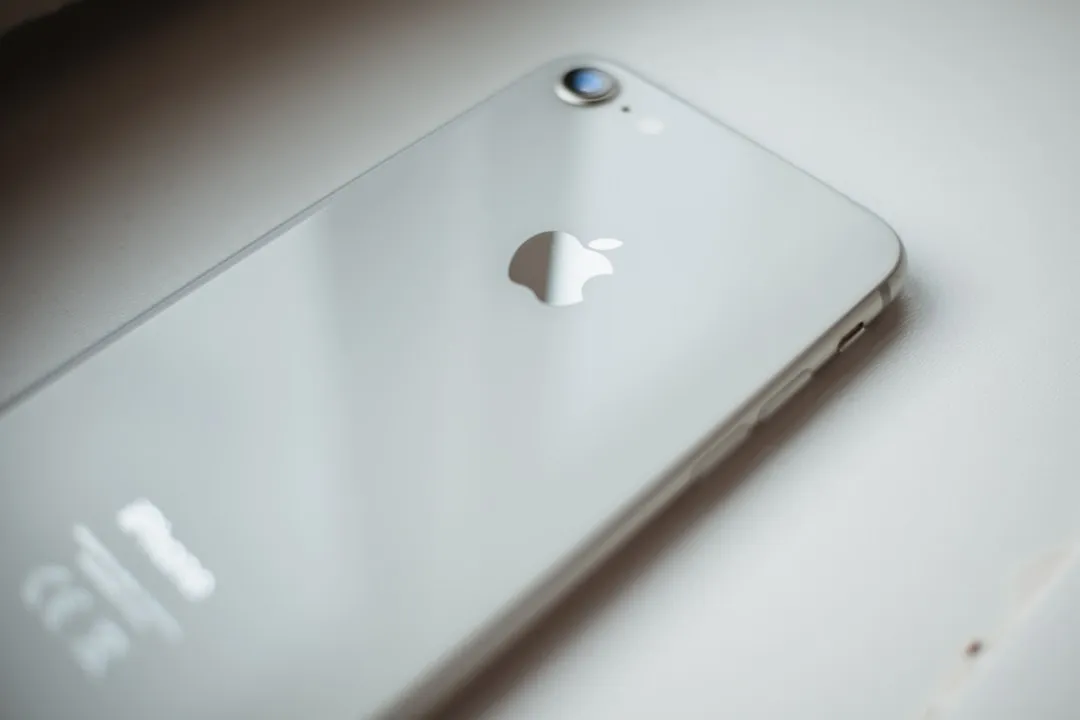
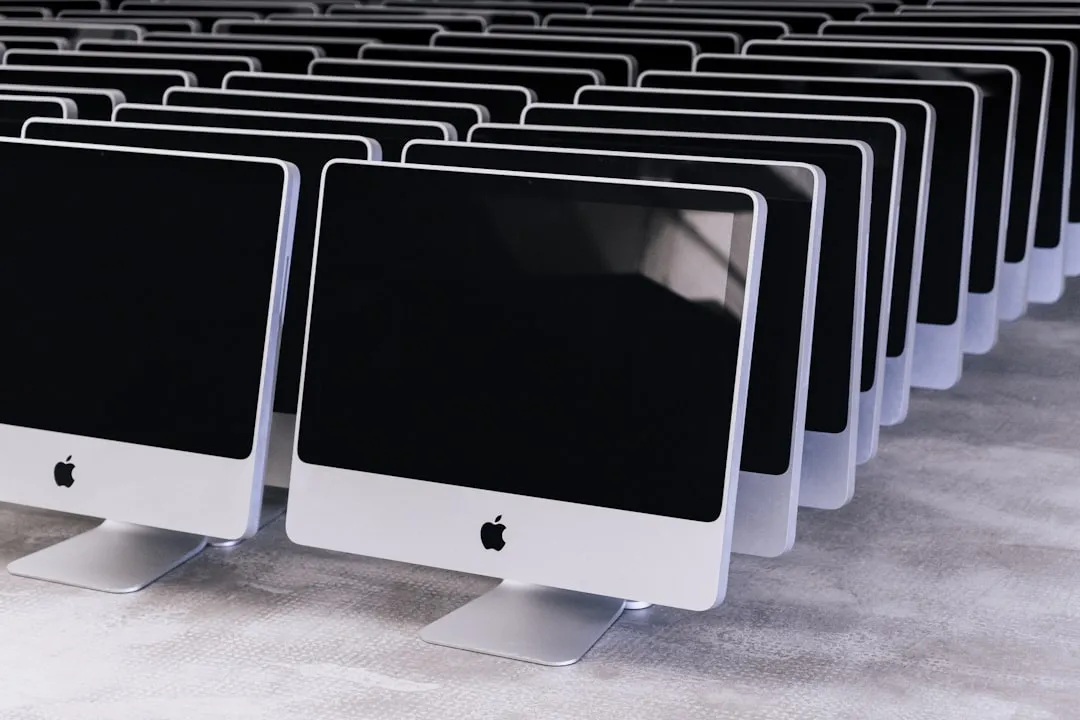
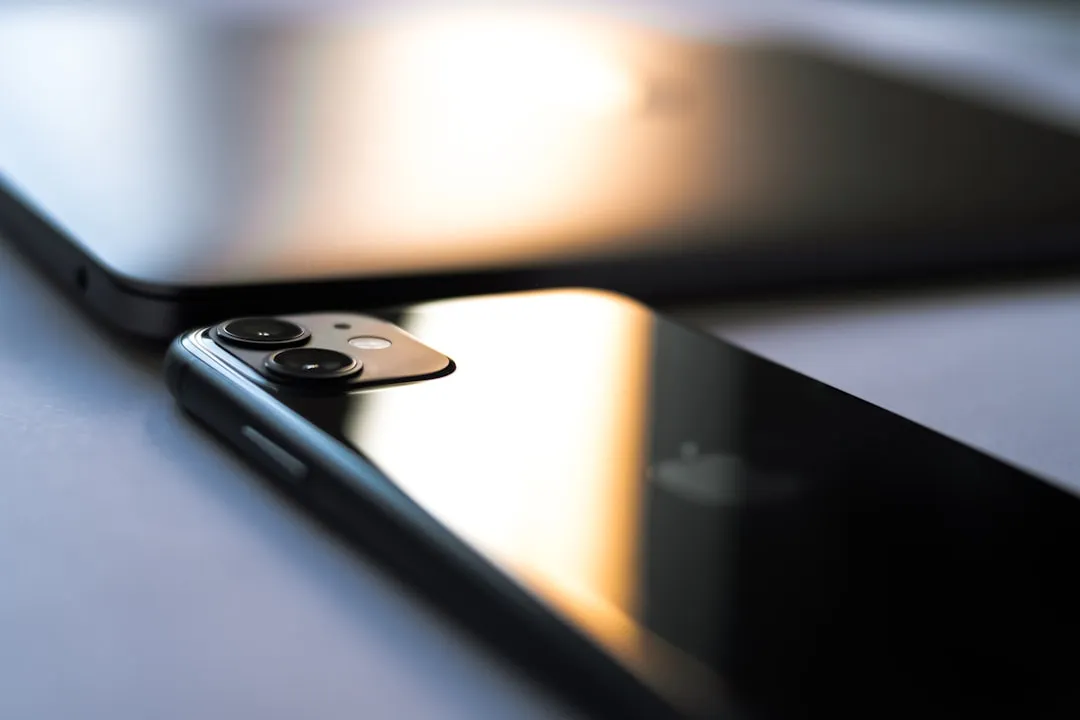
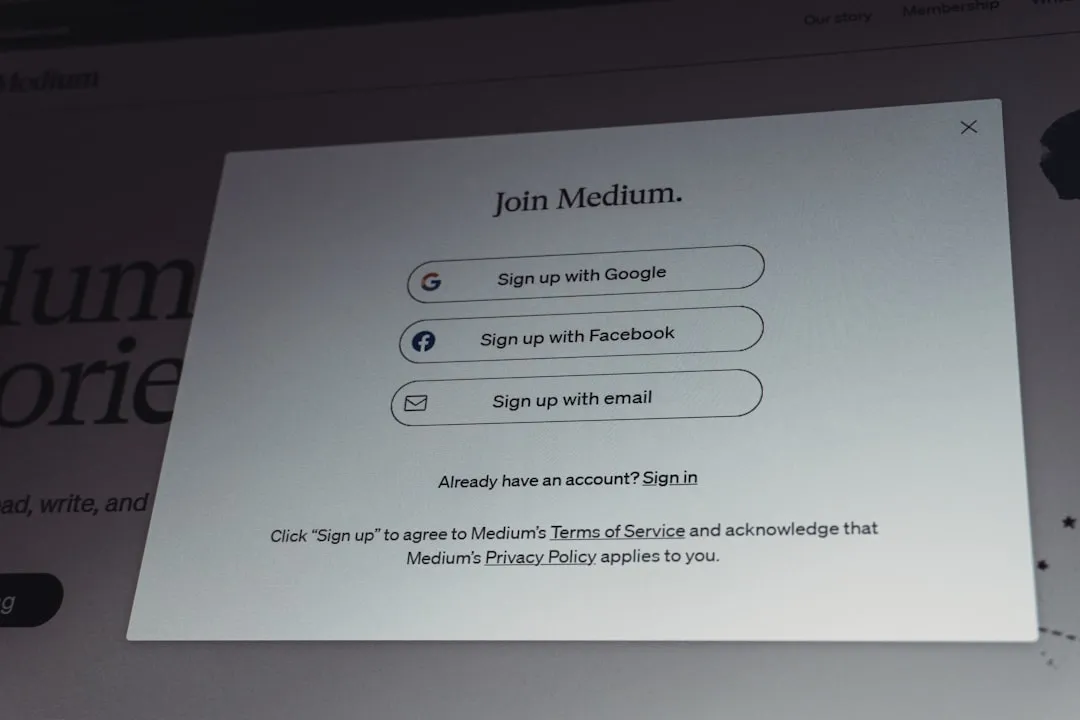
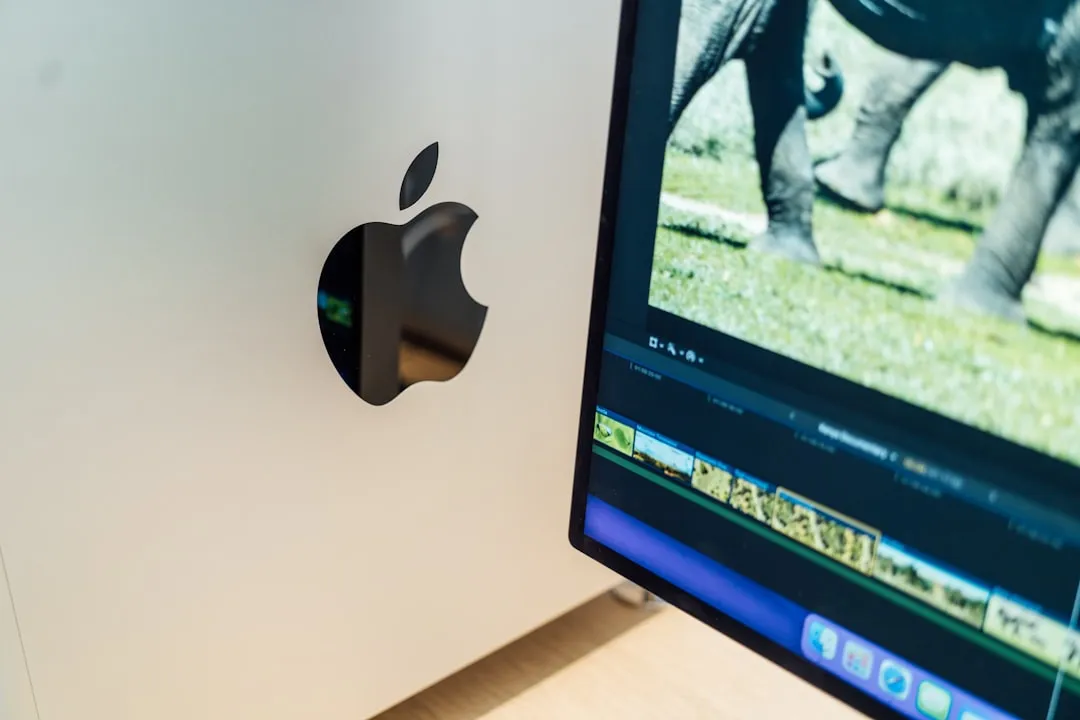
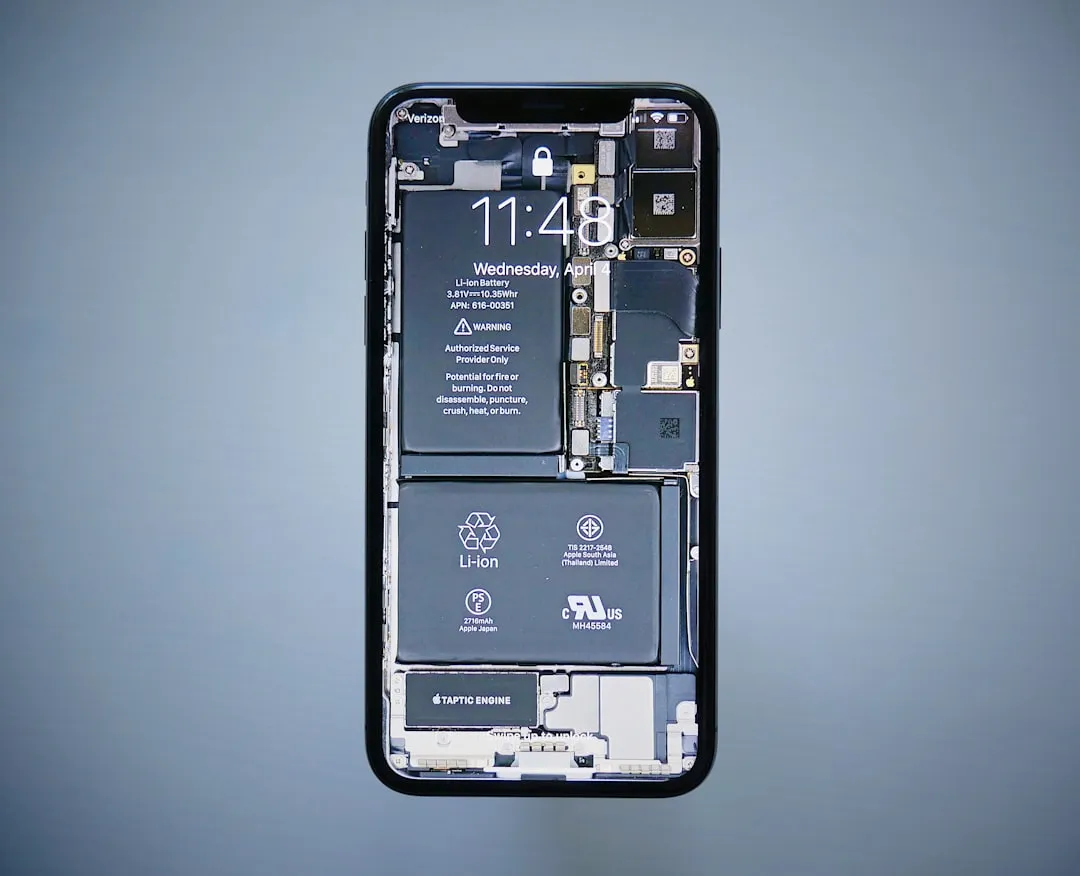

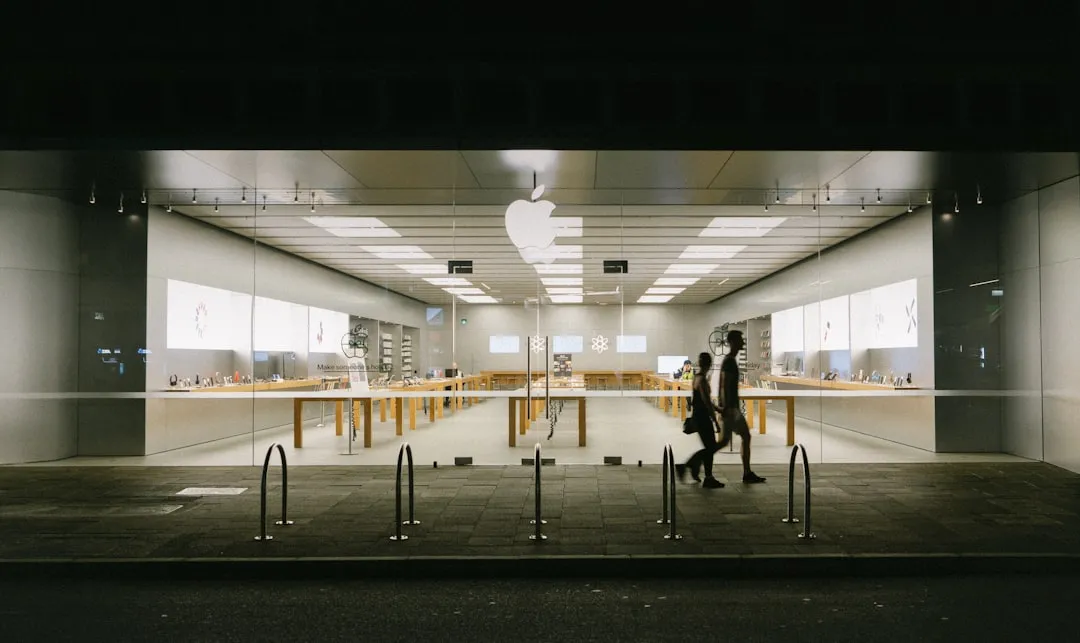
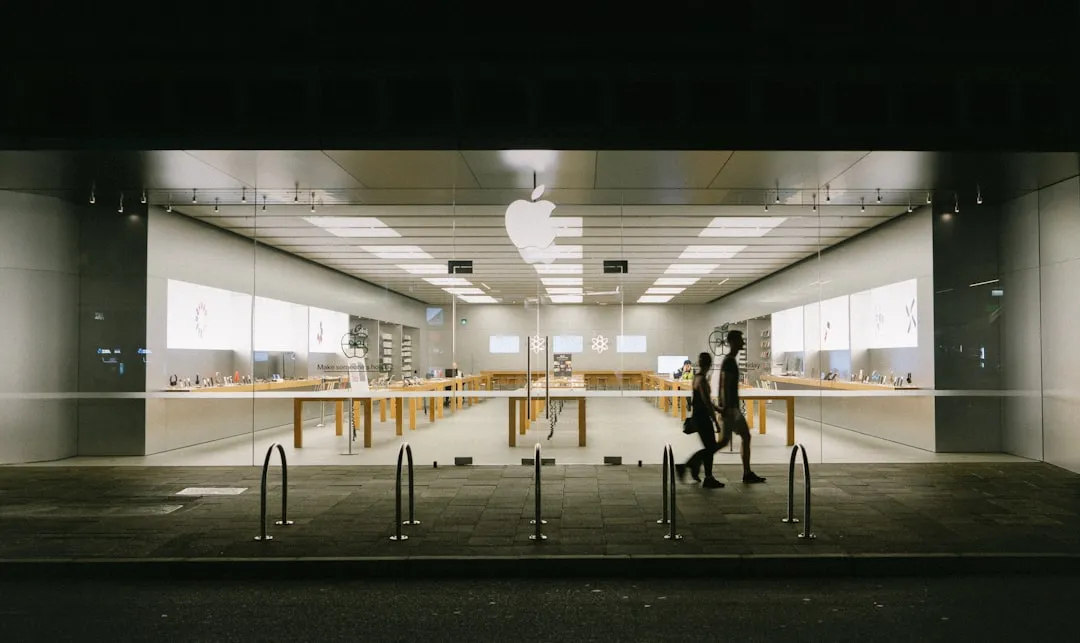

Comments
Be the first, drop a comment!